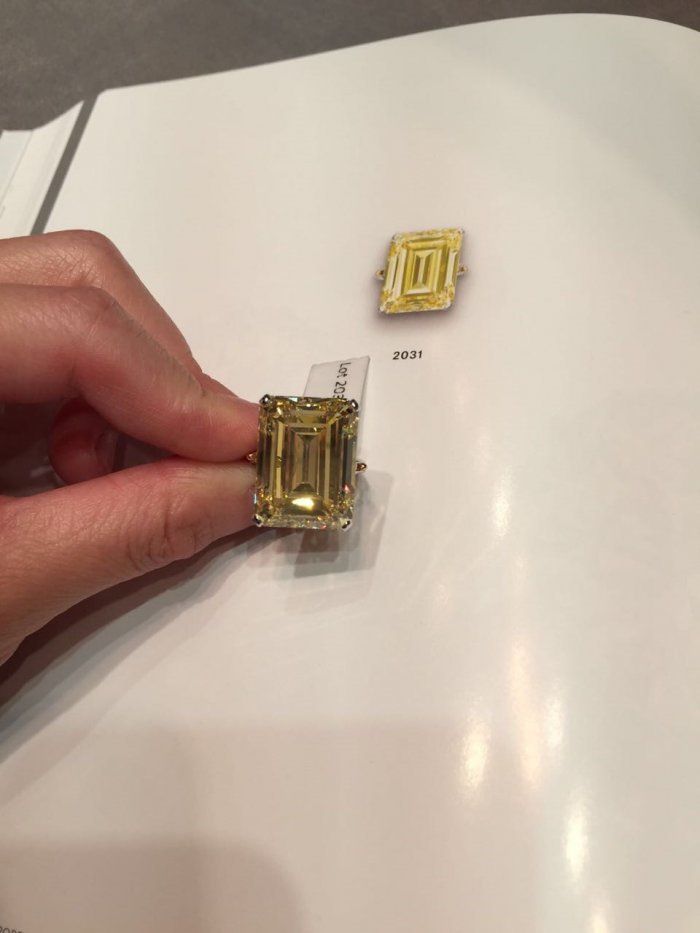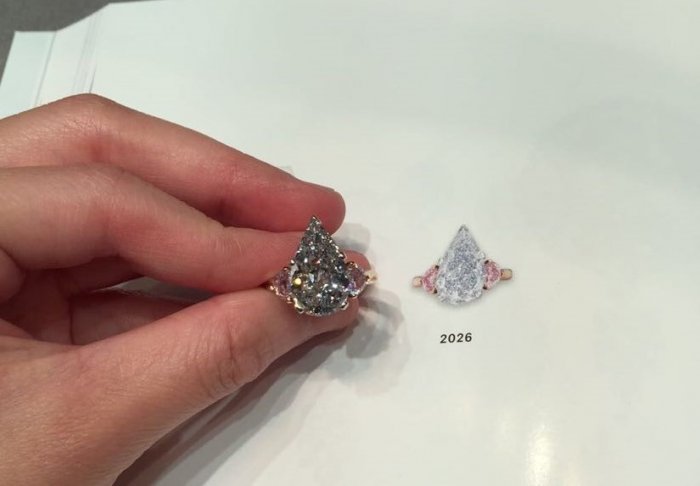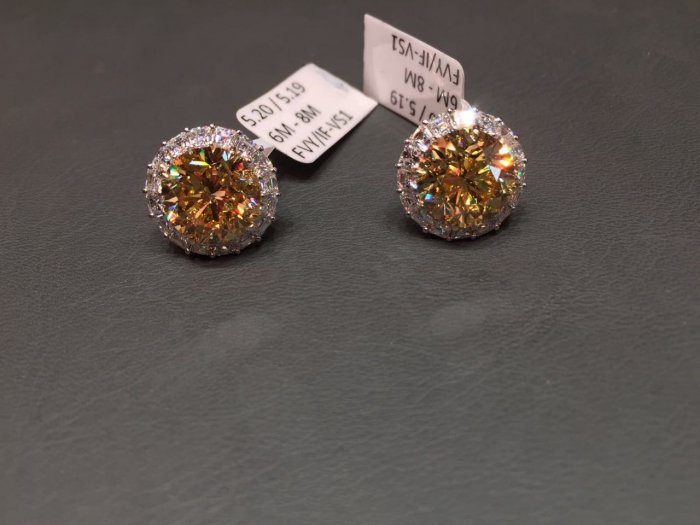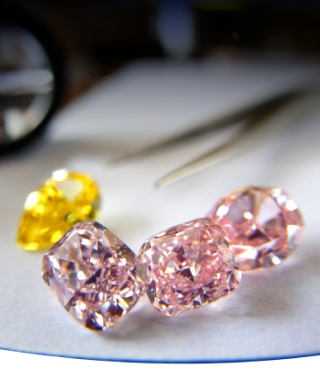Christie’s Hong Kong November 2016
This Hong Kong pre-auction analysis, as always, focuses on visual elements that are not expressed on the GIA report, such as “inner-grade”, “undertone” and “color dispersion.” We use grades 1, 2, 3, 4 to evaluate these features. The 4+ grade is used to describe exceptional features. Stones with a total score that ranges from 8 to 12, have the physical features of a real Gem. It is often difficult to identify these characteristics when viewing stones in an auction catalogue, especially when the images are processed. All pictures in this review were taken with an iPhone 7
Christie’s Lot No’ 2031
28.78 Fancy Vivid Yellow EM cut VVS1
High estimate: US$52,119 per carat
Price Realized Per Carat- US$ 70,490 (Updated 30/11/16)
This large Vivid Yellow Emerald cut was manufactured like a colorless diamond. Hence, we can assume that it was not manufactured in the last two or three decades. The advantage of this traditional style is the low depth percentage which gives it a very large look. However, since it is not modified, as a fancy color stone should be, the color dispersion is seriously affected and receives a grade of 2. A professional from the trade will find it quite easy to upgrade the color dispersion and probably upgrade the clarity as well – from VVS1 to an Internal Flawless.
As you can see in the image below, the undertone of the stone does not match the crisp primary yellow that the catalogue displays. In reality, it is warmer and receives the grade 2. The inner-grade is quite low as well, probably due to the traditional cut of the stone and receives the grade of 2 as well.
Total score 6
Christie’s Lot No’ 2026
5.19 carat Fancy Blue Pear shape Internally Flawless
High estimate: US$220,000 per carat
Price Realized Per Carat- US$ 330,981 (Updated 30/11/16)
According to the FCRF rarity evaluator, only 1.8% of all fancy color diamonds are blue and only 4% are between 5 to 9.99 carats. This data by itself makes this stone one of a kind. However, as rarity and value do not always go together, one should examine the visual characteristics of any diamond in order to value it correctly.
The color dispersion was quite difficult to diagnose, due to the mounting. We decided to give it the benefit of the doubt and grade it 3. The inner-grade is on the weak side and receives a grade of 2. The color’s undertone leans towards the gray area of the blue spectrum and receives a grade of 2 as well. Unfortunately, the catalogue image doesn’t show its real features.
Total score 7
Christie’s Lot No’ 2030
5.20 & 5.19 carat, matching pair of Fancy Vivid Yellow round brilliant VS1, IF
High estimate: US$96,000 per carat
Price Realized Per Carat- US$ 90,520 (Updated 30/11/16)
In the fancy color segment, the round brilliant cut is at the top of the hierarchy of the value scale. There is an instant tendency to give fancy color diamonds that are cut as classic round brilliants a significant premium, most rightfully so in cases of an exceptional inner-grade. There are a few reasons to justify this premium (like manufacturing constraints, but we won’t mention them all).The main reason lies in the fact that a round shape has the highest demand among consumers and in sharp contrast, a vibrant fancy color round stone is truly rare to find.
This unique pair was modified in a way that buyers need to take into consideration when pricing the pair. Although the GIA report states that these two stones are round brilliant cut, they are not cut as regular classic rounds. The crown and the pavilion are not polished on a standard angle (as proof you can see the 64% depth, which is highly irregular on a round stone,) which creates a colorless crown and a saturated area in the table only. This technique is usually employed when a round cut stone cannot retain a high saturation if polished as a regular colorless diamond. Because of this sharp saturation difference between the crown and the table, the stone receive a grade 2, both for the inner-grade and the color dispersion, not as portrayed in the catalogue. We need also to pay attention to the mismatch in the table size. The undertone receives a grade of 3 which stands for a good undertone on the yellow color scale.
Total score for this pair: 7





